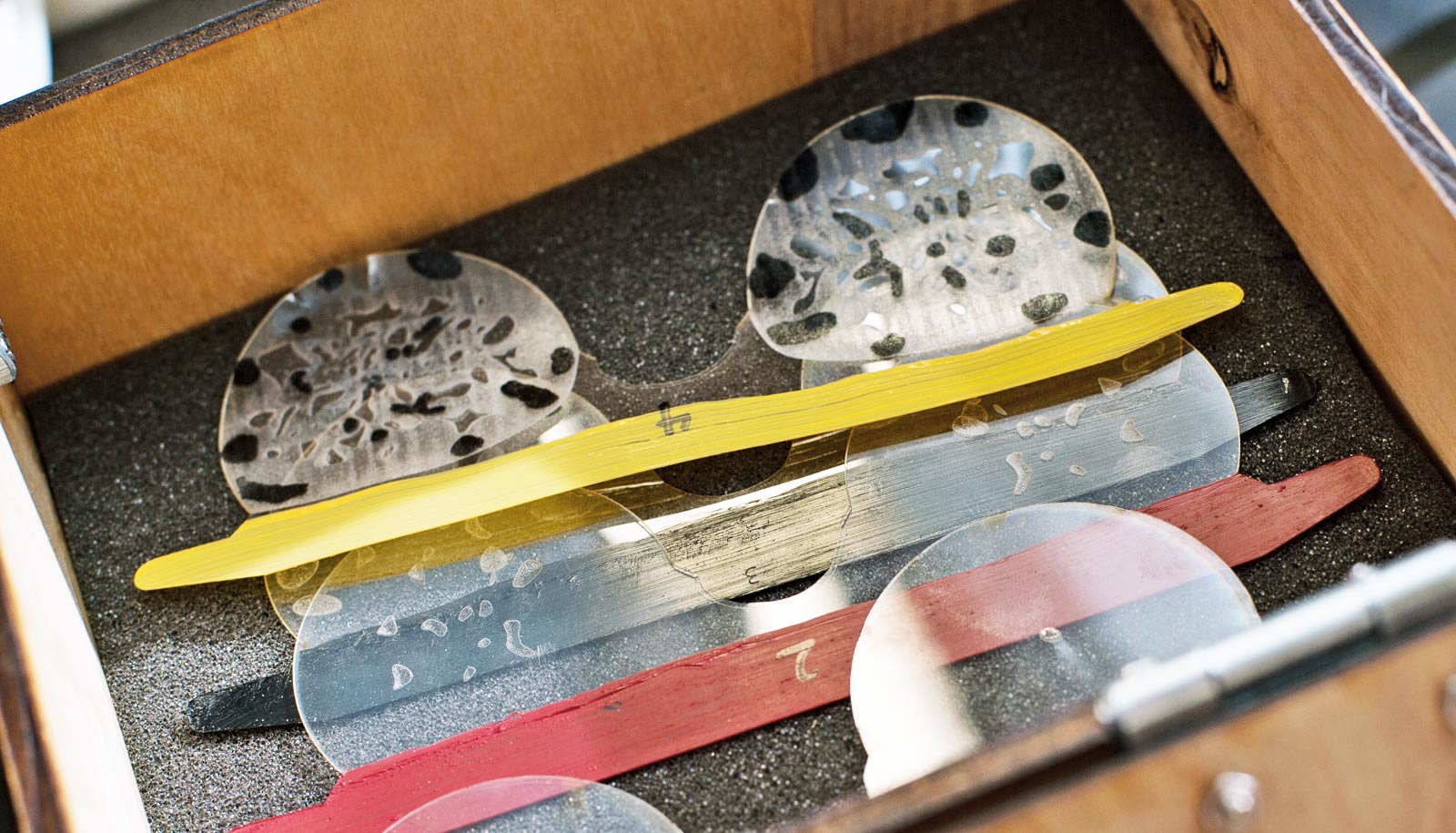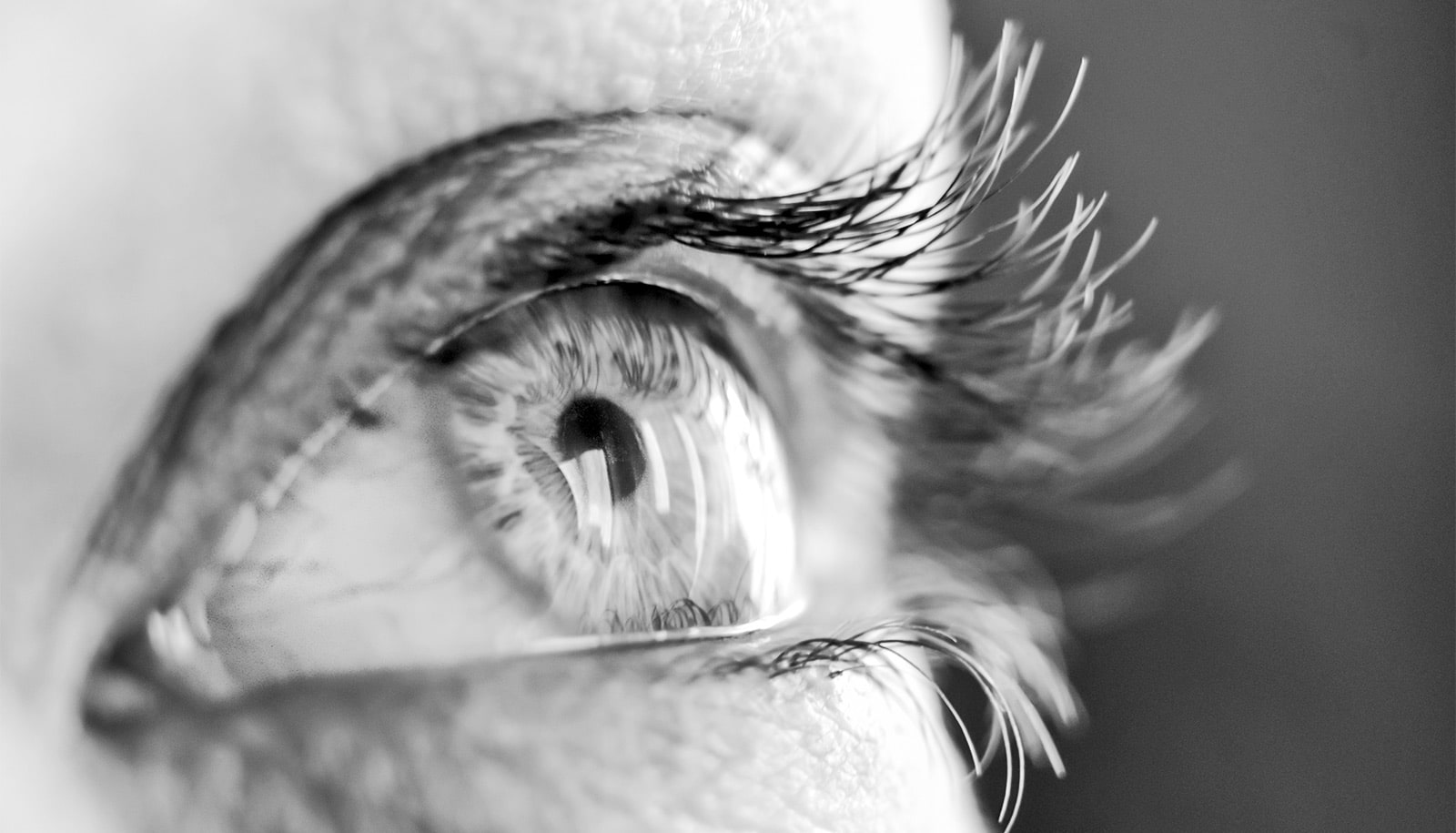A set of snap-together glasses will help doctors demonstrate the effects of diabetic retinopathy, an eye disease that can result from uncontrolled diabetes and lead to blindness.
“Retinopathy is not curable,” says Anna Klineberg, a senior psychology major at Rice University who worked on the project with her teammates at Rice’s Oshman Engineering Design Kitchen. “As soon as you get it, you can’t prevent it from happening and it will get worse.
“A lot of people with diabetes get retinopathy, and a lot of them have never even heard of the disease. So we’re targeting these patients early and have either health care providers or retinopathy specialists show them that if they’re not careful, this is what could happen.”
Our eyes jitter and scientists aren’t sure why
The lenses show how retinopathy progressively damages a patient’s vision. “We’ve had people come up to us after presentations and ask to try the glasses because they have diabetes and they want to see what the (eye) disease looks like,” says Truce Pham, a biochemistry and cell biology senior.
The team developed the system with Bhavani Iyer, a clinical assistant professor and low-vision specialist at the University of Texas Health Science Center at Houston.
While strategizing, they considered a system based on a kaleidoscope, a View-Master, or virtual reality app, but they were ultimately convinced patients would be most comfortable with something familiar. “Glasses are normal,” Klineberg says. “Putting a VR headset to your face makes it seem more like a video game.”
Though the glasses are geared specifically to low-resource settings, the team hopes anyone who works with patients with diabetes will find them helpful.
The four stages illustrated by the lenses start with “macular edema, which is seen as single dot in the center of your vision,” Pham says. By the final lens, very little is visible through a mottled—but mostly black—pattern.
“We couldn’t make 15 versions of the lens, so we took all the information we got and figured out how to represent this with as few as possible,” says Klineberg, who says they used paint, nail polish, and laser etching to model the opaque patterns on tools used by optometrists.
“We’re talking with patients with diabetes now,” says architecture major Caroline Brigham. “A doctor in the Texas Medical Center is showing them some of our prototypes to see if this is exactly what they see, and we’re incorporating their feedback into our newest transitions.”
The students will demonstrate their work at the George R. Brown School of Engineering Design Showcase.
Source: Rice University



